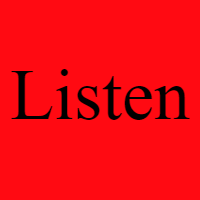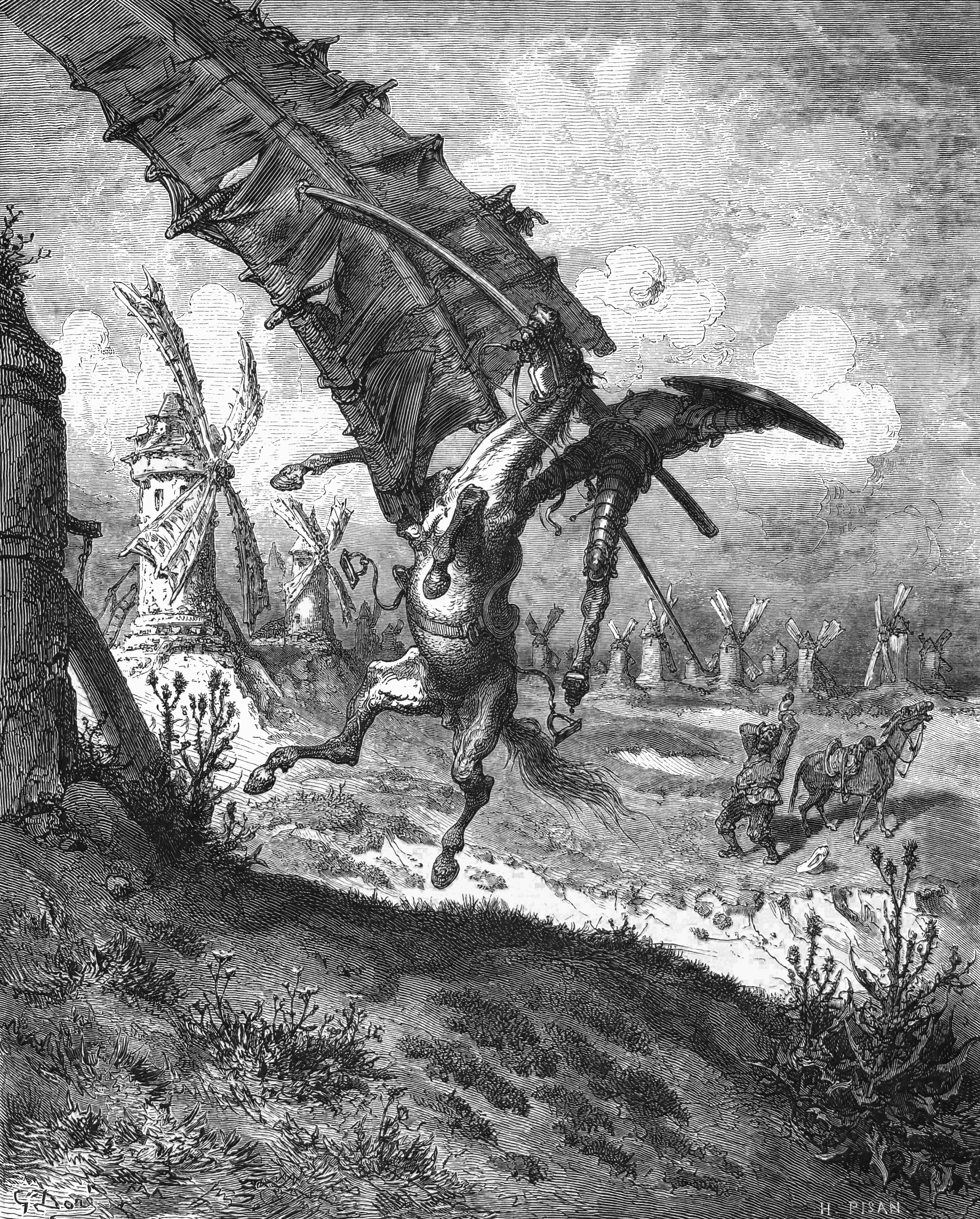|
Blanagram
A blanagram (from ''blank''+''anagram'') is a word which is an anagram of another but for the substitution of a single letter. The term has its origin in competitive Scrabble, where a blank tile on a player's rack may be used to form any of several possible words in conjunction with the player's other tiles. Examples of blanagrams *On the list of currently acceptable words for club and tournament Scrabble in North America ( OWL2), the anagram pair EPICOTYL/LIPOCYTE has 18 blanagrams: **Replacing C with L or N yields POLITELY or LINOTYPE; **Replacing I with A or F yields CALOTYPE or COPYLEFT; **Replacing L with C or D yields ECOTYPIC or COPYEDIT; **Replacing O with H or I yields PHYLETIC or PYELITIC; **Replacing P with R or V yields CRYOLITE or VELOCITY; **Replacing T with N yields POLYENIC; **Replacing Y with A, H, N, R, or U yields POETICAL, CHIPOTLE/HELICOPT, LEPTONIC, LEPROTIC/PETROLIC, or POULTICE. :Note that in this case no blanagram is available by replacing the E, so EPICO ... [...More Info...] [...Related Items...] OR: [Wikipedia] [Google] [Baidu] |
Anagram
An anagram is a word or phrase formed by rearranging the letters of a different word or phrase, typically using all the original letters exactly once. For example, the word ''anagram'' itself can be rearranged into ''nag a ram'', also the word ''binary'' into ''brainy'' and the word ''adobe'' into ''abode''. The original word or phrase is known as the ''subject'' of the anagram. Any word or phrase that exactly reproduces the letters in another order is an anagram. Someone who creates anagrams may be called an "anagrammatist", and the goal of a serious or skilled anagrammatist is to produce anagrams that reflect or comment on their subject. Examples Anagrams may be created as a commentary on the subject. They may be a parody, a criticism or satire. For example: * "New York Times" = " monkeys write" * "Church of Scientology" = "rich-chosen goofy cult" * "McDonald's restaurants" = " Uncle Sam's standard rot" * "coronavirus" = "carnivorous" * "She Sells Sanctuary" = "Santa; shy, l ... [...More Info...] [...Related Items...] OR: [Wikipedia] [Google] [Baidu] |
Scrabble
''Scrabble'' is a word game in which two to four players score points by placing tiles, each bearing a single letter, onto a game board divided into a 15×15 grid of squares. The tiles must form words that, in crossword fashion, read left to right in rows or downward in columns and are included in a standard dictionary or lexicon. The name ''Scrabble'' is a trademark of Mattel in most of the world, except in the United States and Canada, where it is a trademark of Hasbro, under the brands of both of its subsidiaries, Milton Bradley and Parker Brothers. The game is sold in 121 countries and is available in more than 30 languages; approximately 150 million sets have been sold worldwide, and roughly one-third of American and half of British homes have a ''Scrabble'' set. There are approximately 4,000 ''Scrabble'' clubs around the world. Game details The game is played by two to four players on a square game board imprinted with a 15×15 grid of cells (individually known as " ... [...More Info...] [...Related Items...] OR: [Wikipedia] [Google] [Baidu] |
Official Tournament And Club Word List
NASPA Word List (NWL, formerly Official Tournament and Club Word List, referred to as OTCWL, OWL, TWL) is the official word authority for tournament Scrabble in the USA and Canada under the aegis of NASPA Games. It is based on the ''Official Scrabble Players Dictionary'' (OSPD) with modifications to make it more suitable for tournament play. Its British and international-English counterpart is ''Collins Scrabble Words''. Current edition North American tournament Scrabble currently uses the fifth edition of NWL (officially NWL2020, but variously called OWL5, OTCWL2020, TWL5, and TWL2020). The NASPA Games Dictionary Committee created this version in mid-2020 and it took effect on January 6, 2021; it is the second version published autonomously by NASPA rather than by Merriam-Webster under its copyright. NWL2020 contains every word in the sixth edition of the ''Official Scrabble Players Dictionary'' as well as words considered unsuitable for that book (offensive words and trademarks) ... [...More Info...] [...Related Items...] OR: [Wikipedia] [Google] [Baidu] |
Turkish Language
Turkish ( , ), also referred to as Turkish of Turkey (''Türkiye Türkçesi''), is the most widely spoken of the Turkic languages, with around 80 to 90 million speakers. It is the national language of Turkey and Northern Cyprus. Significant smaller groups of Turkish speakers also exist in Iraq, Syria, Germany, Austria, Bulgaria, North Macedonia, Greece, the Caucasus, and other parts of Europe and Central Asia. Cyprus has requested the European Union to add Turkish as an official language, even though Turkey is not a member state. Turkish is the 13th most spoken language in the world. To the west, the influence of Ottoman Turkish—the variety of the Turkish language that was used as the administrative and literary language of the Ottoman Empire—spread as the Ottoman Empire expanded. In 1928, as one of Atatürk's Reforms in the early years of the Republic of Turkey, the Ottoman Turkish alphabet was replaced with a Latin alphabet. The distinctive characteristics of the Turk ... [...More Info...] [...Related Items...] OR: [Wikipedia] [Google] [Baidu] |
Kurdish Language
Kurdish (, ) is a language or a group of languages spoken by Kurds in the geo-cultural region of Kurdistan and the Kurdish diaspora. Kurdish constitutes a dialect continuum, belonging to Western Iranian languages in the Indo-European language family. The main three dialects or languages of Kurdish are Northern Kurdish (), Central Kurdish (), and Southern Kurdish (). A separate group of non-Kurdish Northwestern Iranian languages, the Zaza–Gorani languages, are also spoken by several million ethnic Kurds.Kaya, Mehmet. The Zaza Kurds of Turkey: A Middle Eastern Minority in a Globalised Society. The majority of the Kurds speak Kurmanji, and most Kurdish texts are written in Kurmanji and Sorani. Kurmanji is written in the Hawar alphabet, a derivation of the Latin script, and Sorani is written in the Sorani alphabet, a derivation of Arabic script. The classification of Laki as a dialect of Southern Kurdish or as a fourth language under Kurdish is a matter of debate, but the diff ... [...More Info...] [...Related Items...] OR: [Wikipedia] [Google] [Baidu] |
Pangram
A pangram or holoalphabetic sentence is a sentence using every letter of a given alphabet at least once. Pangrams have been used to display typefaces, test equipment, and develop skills in handwriting, calligraphy, and keyboarding. Origins The best-known English pangram is "The quick brown fox jumps over the lazy dog". It has been used since at least the late 19th century, was used by Western Union to test Telex/ TWX data communication equipment for accuracy and reliability, and is now used by a number of computer programs to display computer fonts. Short pangrams Short pangrams in English are more difficult to devise and tend to use uncommon words and unnatural sentences. Longer pangrams afford more opportunity for humor, cleverness, or thoughtfulness. The following are examples of pangrams that are shorter than "The quick brown fox jumps over a lazy dog" (which has 33 letters) and use standard written English without abbreviations or proper nouns: *"Waltz, bad nymph, for qui ... [...More Info...] [...Related Items...] OR: [Wikipedia] [Google] [Baidu] |
Tangram
The tangram () is a dissection puzzle consisting of seven flat polygons, called ''tans'', which are put together to form shapes. The objective is to replicate a pattern (given only an outline) generally found in a puzzle book using all seven pieces without overlap. Alternatively the ''tans'' can be used to create original minimalist designs that are either appreciated for their inherent aesthetic merits or as the basis for challenging others to replicate its outline. It is reputed to have been invented in China sometime around the late 18th century and then carried over to America and Europe by trading ships shortly after. It became very popular in Europe for a time, and then again during World War I. It is one of the most widely recognized dissection puzzles in the world and has been used for various purposes including amusement, art, and education. Etymology The origin of the word 'tangram' is unclear. One conjecture holds that it is a compound of the Greek element '-gram' d ... [...More Info...] [...Related Items...] OR: [Wikipedia] [Google] [Baidu] |
Managua
) , settlement_type = Capital city , motto = , image_map = , mapsize = , map_caption = , pushpin_map = Nicaragua , coordinates = , subdivision_type = Country , subdivision_name = , subdivision_type1 = Department , subdivision_type2 = Municipality , subdivision_name1 = Managua , subdivision_name2 = Managua , established_title = Founded , established_date = 1819 , established_title2 = Elevated to Capital , established_date2 = 1852 , government_type = , leader_title = Mayor , leader_name = Reyna Rueda , leader_title1 = Vice Mayor , leader_name1 = Enrique Armas , area_footnotes ... [...More Info...] [...Related Items...] OR: [Wikipedia] [Google] [Baidu] |
Quixotism
Quixotism ( or ; adj. quixotic) is impracticality in pursuit of ideals, especially those ideals manifested by rash, lofty and romantic ideas or extravagantly chivalrous action. It also serves to describe an idealism without regard to practicality. An impulsive person or act might be regarded as quixotic. Quixotism is usually related to "over-idealism", meaning an idealism that doesn't take consequence or absurdity into account. It is also related to naïve romanticism and to utopianism. Origin Quixotism as a term or a quality appeared after the publication of ''Don Quixote'' in 1605. Don Quixote, the hero of this novel, written by Spanish author Miguel de Cervantes Saavedra, dreams up a romantic ideal world which he believes to be real, and acts on this idealism, which most famously leads him into imaginary fights with windmills that he regards as giants, leading to the related metaphor of "tilting at windmills". Already in the 17th century the term quixote was used to describe ... [...More Info...] [...Related Items...] OR: [Wikipedia] [Google] [Baidu] |






